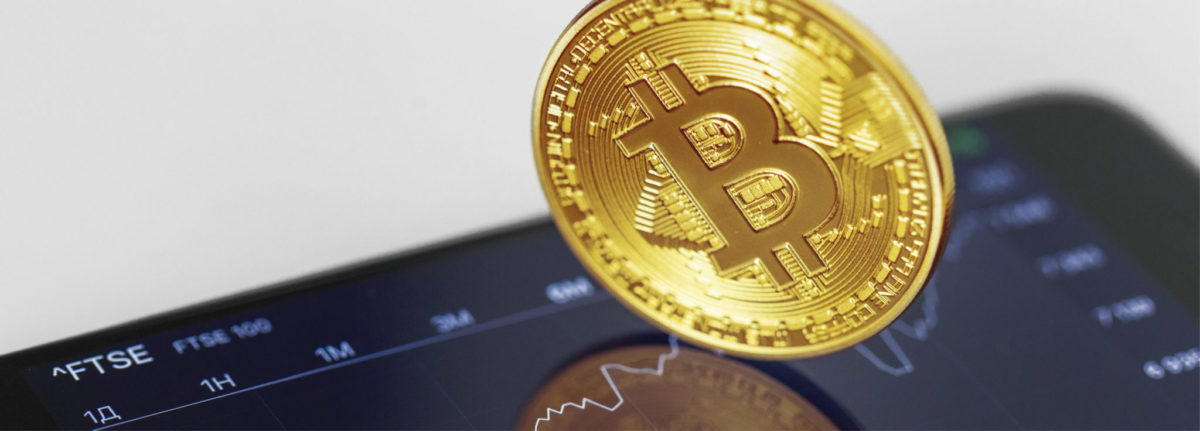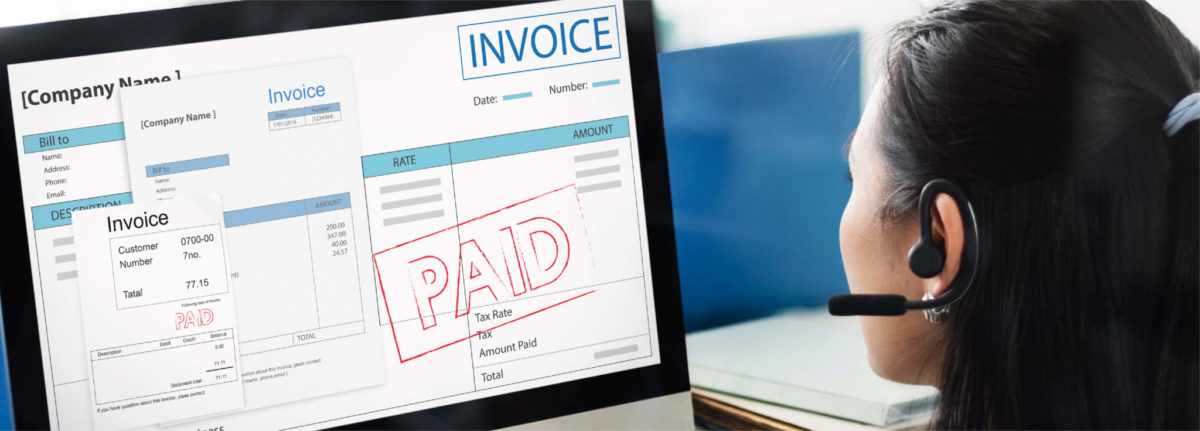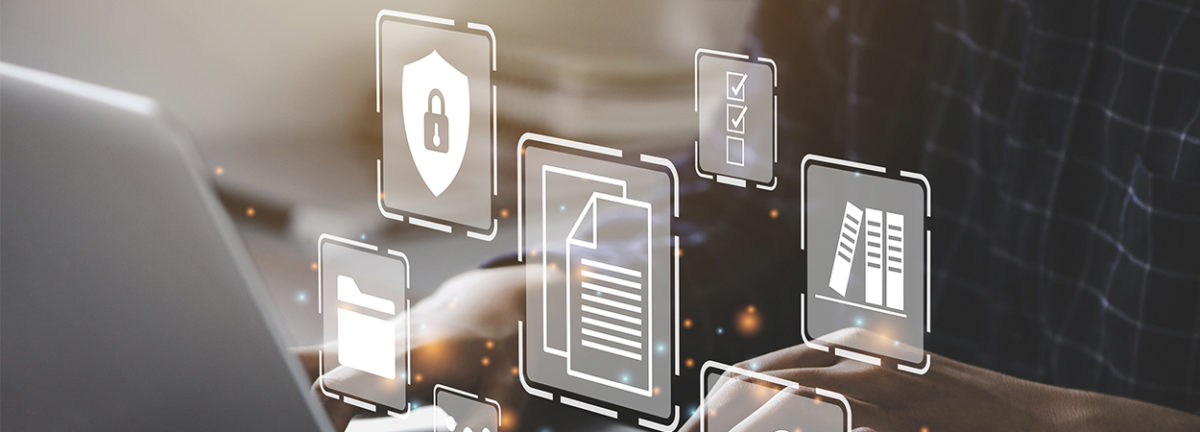The user experience is one of the strongest trends today for the digital transformation of companies. We teach you the basic principles so that it is strategic, comprehensive and differentiating from the competition.
Today’s customer wants everything faster, uses digital channels all the time and would do everything from their mobile if they could. For this reason, digital transformation has a key role in satisfying what he expects to receive from your company.
A successful user experience strategy involves all areas of your company and implies: identifying, designing and managing all the moments and interactions that the customer experiences with the organization, working on both visible and non-visible aspects for the customer and thus offer them a satisfactory journey .
What is the user experience in the digital field?
In the digital world, the user experience means being able to provide the customer with ease, comfort and agility in each moment of truth that they have with the brand and, in this way, allow them to interact with the functions of your website in a correct, intuitive, fluid, logical and friendly.
Customer journey map: 5 keys to a successful digital experience
The customer journey map is a customer experience management tool that allows each of the stages, interactions, channels and elements that a customer goes through during the purchase cycle to be captured on a map. To analyze these points keep in mind:
1 Human-centered design:
It places the client in the center , as the main focus and starting point for the design and development of the site.
2 Map each customer touch point:
Monitor all the actions that the customer has with the product, from when they want to enter, until they interact or use your service.
3 Detect moments of friction:
4 Transform onboarding :
Use special technologies to intervene at each of the points on the customer journey map , for example, create customer-facing forms that are much more intuitive and faster.
5 User Experience (UX) Design:
if you design from scratch, take into account the front and back of each of the interaction points: the design, the color, the buttons, the position and, behind, all the technology that responds to what you are designing, because The most important thing is that it is not only aesthetic, but user friendly.
Inevitable tasks when making the customer journey map
define the scope
There must be clarity about who is involved in the process, to whom it is addressed, what service you are going to provide, what the process is, what the response times will be; mapping everything that each point implies, so that later, with the implementation and with the development, a solution to the objectives can be found.
80% of the design must be in the back, because the user simply gives an instruction with one click and everything has to be organized from the back.
Make qualitative analysis of the process
Do not evaluate the service only quantitatively, ask yourself why the client prefers your brand and what image he had of your company before buying. The user experience is linked to an emotion and this determines if the customer wants to return.
Compare what you have today vs. what are you going to improve
The journey must always answer these questions: what is important to the customer, what the customer is feeling at that moment, what they expect to receive, what their ideal service would be, what should happen when they enter the platform. You must detail at each moment which deliverable you are offering and what its assessment is to finally determine what should be the ideal deliverable for the client.
Today Cadena is working on platforms that seek to improve and transform the customer experience so that they access your company’s services in an agile way and thus improve your business indicators. Learn more here
Source: Carolina Mesa, commercial chain director.








